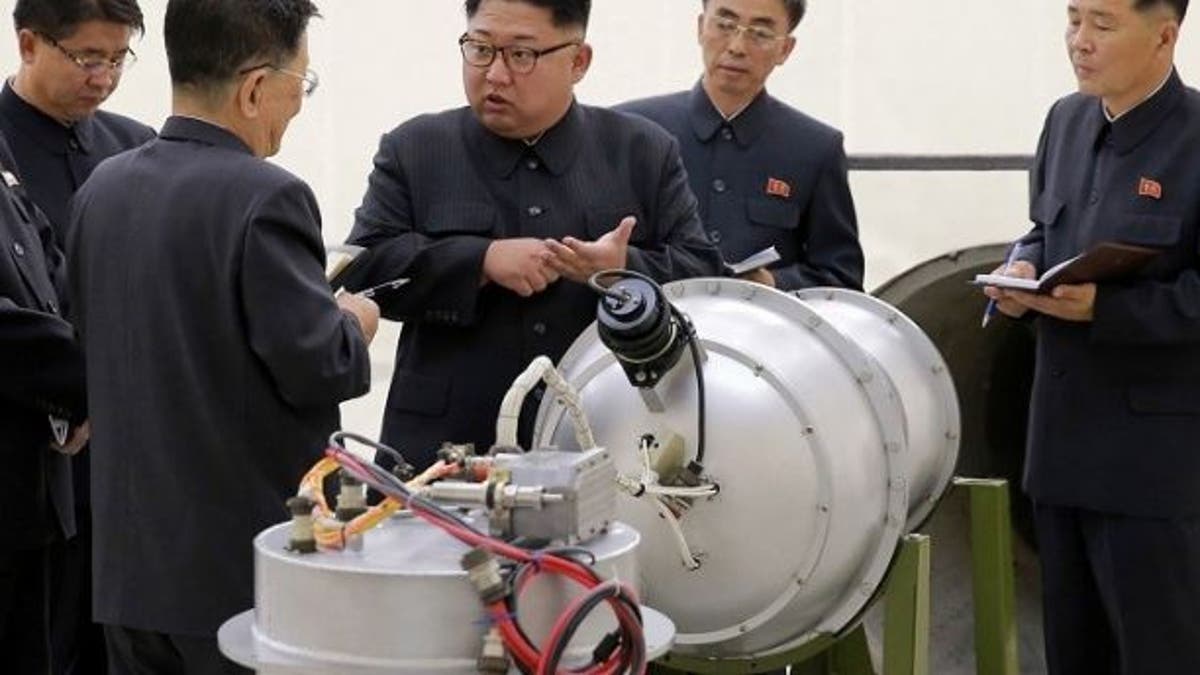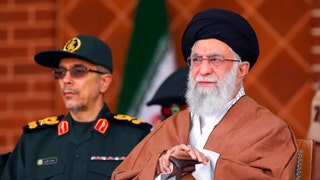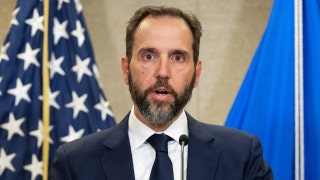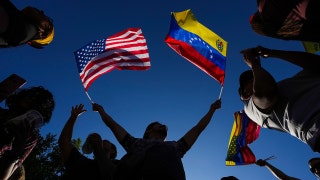
Kim Jong Un was pictured in September with what appeared to be a nuclear device after the Hermit Kingdom's sixth nuclear test. (KCNA via Reuters)
With the Trump administration clearly struggling in its attempts to get North Korea to live up to its promises of denuclearization made at the Singapore summit last month, there seems to be little chance that the current path of negotiations will lead to anything resembling a breakthrough.
What is needed now is a little imagination on the part of Team Trump, but also a deeper reading of what Pyongyang is telling the administration and the world. For there is a bargain to made that could rid the world of dictator Kim Jong Un’s deadly nuclear weapons and missiles. Or, at the very least, a pathway to test Kim’s intentions, and find out once and for all if North Korea is serious about disarmament.
The Trump administration should propose to Pyongyang a comprehensive roadmap where North Korea and the U.S. trade in a step-by-step manner concession for concession, eventually leading to the complete elimination of the regime’s nuclear weapons and missile programs. This is something the Kim regime has hinted at in recent years, and, in fact, laid out to some extent in a press statement denouncing recent meetings with Secretary of State Mike Pompeo in Pyongyang.
Such a grand bargain, at least in theory, if North Korea was truly serious about giving up its nukes, should be appealing enough that it would have no problem signing on. The sequence of events would begin on July 27, when it is rumored that Pyongyang would release the remains of U.S. soldiers killed during the Korean War, which falls on the sixty-fifth anniversary of the armistice pausing the conflict for decades.
As the Kim regime has hinted, Washington and Seoul could use this opportunity to mark the formal end of this conflict, which was never truly concluded by any sort of peace treaty. The leaders of America, South and North Korea could all convene along the demilitarized zone (DMZ), and in a short but powerful ceremony, declare the conflict done. As the Korean War is surely part of the history books, no side is giving away any sort of concessions at this point, but only agreeing to admit the obvious.
With some wind behind their backs for further negotiations, all sides would have a little more courage to make concessions. As a next step, with the Korean War now over, there could be discussions that lead to cuts in the overall conventional forces along the DMZ. While all sides would likely not agree to massive arms reductions, a ten-percent cut phased in over three months that would be monitored by inspectors sent from all parties involved would go a long way to build trust, showing there can be a peaceful pattern everyone can take to reduce tensions.
There would need to be movement at some point on Kim’s nuclear weapons and missiles but moving into that area in negotiations with Pyongyang is always where talks collapse.
From here on in things will get more challenging. There would need to be movement at some point on Kim’s nuclear weapons and missiles but moving into that area in negotiations with Pyongyang is always where talks collapse. A path must be constructed where America and South Korea ease Kim into the slow and steady dismantling of his atomic arsenal. A next step in this approach could be swapping inspections of North and South Korea’s civilian nuclear programs. Both sides would get a look at how the other is harnessing nuclear power for peaceful purposes, opening the door that there can be trust around issues of even greater importance. Such an agreement could even involve exchanges of scientists from Washington, Seoul and Pyongyang, sharing vital nuclear safety information that has a clear benefit for all parties.
Then comes the hardest part. If all the above was successful, the Trump administration would need to move toward the dismantling of Kim’s atomic and missile arsenals. The administration can craft an approach where North Korea gets slow and steady sanction relief for every nuclear warhead and missile it destroys, under full international inspections that are transparent.
The first part of this process would be a full accounting of Kim’s total number of warheads and missiles. Once this is established, sanction relief would be tied to both programs’ destruction. For example, if Kim was to destroy twenty percent of his nuclear weapons and missiles in three months, twenty percent of all total sanctions would be removed. This would culminate in all sanctions being removed when all North Korea’s missiles and nukes were dissembled. Every missile and nuclear weapon destroyed helps Kim’s economy get stronger and stronger.
There would also be another incentive for Pyongyang if they agreed to such an approach: full diplomatic recognition by America with the exchange of ambassadors and embassies, something North Korea has sought for decades – but only once Kim destroys all of his nuclear weapons and missiles.
Would the Kim regime truly go along with any of this? Is North Korea worthy of keeping its word? We will never know if we don’t try and truly and concretely test their intentions and offer them an approach that they seem predisposed to.
I say President Trump needs to make Kim an offer he can’t refuse. If he does, then the administration has some very hard choices to make—and quite soon.








































